We’ve had quite the snow week, even though it rapidly disappeared in the rain Sunday. I’ve written about how we remove snow in the past, it’s one of my favorite posts. And what I said certainly still holds true, that a job well done means that no one really noticed we did anything at all. Presto, the roads and sidewalks are clear. This year, we’ve made it a little easier for ourselves, and for the environment, with clearer and safer surfaces to boot.
The issue with snow and ice is always one of traction. Getting rid of most of the snow is relatively easy. Shovels, plows, snow blowers, brooms, even backpack blowers are all used, depending on conditions. The challenge in the winter is the last 1/4″ or so, the snow or ice remaining that doesn’t want to go anywhere. The problem is warmth, and the fact that the very first snow that falls on sidewalks or roads bonds to the surface, and can be very hard to scrape away and remove. This is what makes winter treacherous, and what makes walking and driving difficult.
In the past, Facilities Services has used sand, and a lot of it. Spread on top of this bonded snow/ice hard pack, the sand gives traction on top, making the walk or road a little less slippery. Most of the time. Sand comes with costs, though, some obvious, some not so much. Sand use in winter is linked to phosphorous loading in streams, sedimentation buildup in catch basins, retention ponds, and waterways, and even airborne pollution, as the cars and trucks driving across the sanded surface grind the particulates into finer particles and allow them to become airborne. But the worst part of sand? The carbon footprint, not only in spreading a heavy product, but repeated trips to refill, the continual scraping of the surface to try and remove the leftover hardpack repeated over days, and worst of all, the massive amount of work and fuel required in the spring to clean all the sand up. After all that work, there is still snow and ice left on the walk. The sand seems to disappear, moving off the hardpack to the edge, and the walks are slippery again.
The other solution to the ice problem is to get rid of it, frequently by melting it. In a bulk scale, this usually involves rock salt. Ever make homemade ice cream? Rock salt lower the freezing point of ice, so that it stays liquid at a colder temperature, allowing the milk to freeze. Applied to a road, the salt thaws the ice or snow hardpack, where it runs off as water, drying the road. This certainly has it’s problems too, not only in the carbon footprint to get salt across the country, but in effects both in water and soil of excessive salts. There are other ice melter products, from calcium chlorides to magnesium blends used on airport runways, but most bulk applications still rely on plain old salt.
Facilities wasn’t satisfied with sand, as anybody walking across our sidewalks in the past might attest to, but we weren’t sure about salt, not wanting to make an environmentally worse choice. (It’s neck and neck, actually, between sand and salt, if you actually take the time to weigh the pros and cons.) A couple of years ago we started using Ice Ban as a pretreatment. This liquid is the byproduct from food manufacturing (I believe our source is actually from beer), and sprayed on sidewalks and roads before a storm can prevent the dreaded bond from forming, allowing the snow to be completely removed. This is tricky, though, as conditions need to be perfect in order to apply, and this only seems to be about 2/3-3/4 of our snow events. Then we discovered magic.
Magic Salt is ordinary rock salt treated with ice ban, or an equiviant. This agricultural by-prodcut gets sprayed on the salt, turning it brown and giving it a somewhat funky smell. It makes the freezing point of water drop even lower, meaning less treated salt is needed to melt the equivalent amount of snow or ice. Some estimates claim 30-50% less. And much much less sand/salt mix, up to 3 times less. Less product=less carbon. And we’ve got cleaner sidewalks. This is our first year of trying Magic Salt, and so far we’re impressed. But don’t take my word for it, the proof is in the pictures.
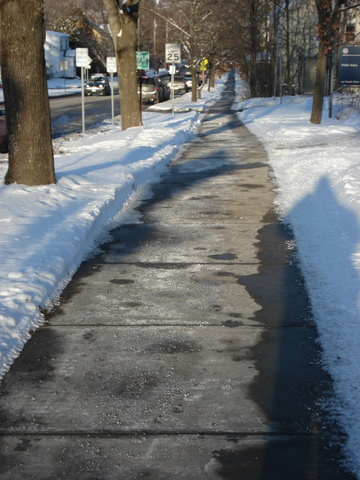 Here’s a sidewalk treated conventionally with ordinary rock salt (not by the college). Yes, the sidewalk is clear, but note not only the chunks of excessive salt remaining, but the white residue of the salt on the walk. It’s very easy to over apply salt.
Here’s a sidewalk treated conventionally with ordinary rock salt (not by the college). Yes, the sidewalk is clear, but note not only the chunks of excessive salt remaining, but the white residue of the salt on the walk. It’s very easy to over apply salt.
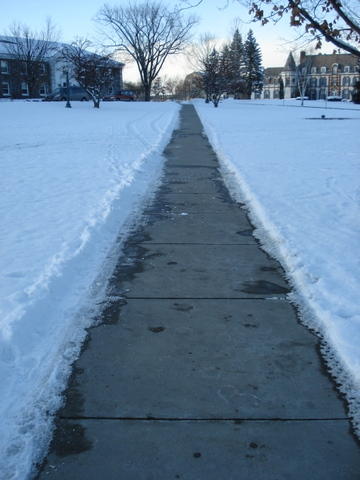 This is one of our walks, treated with Magic Salt. Very clear, but notice there is no excess salt on the surface, and no white buildup of salts on the sidewalk either.
This is one of our walks, treated with Magic Salt. Very clear, but notice there is no excess salt on the surface, and no white buildup of salts on the sidewalk either.
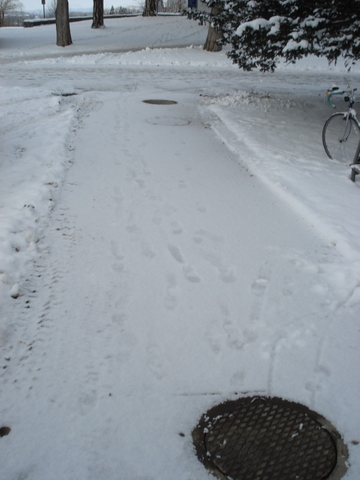 One night this week it snowed on top of cleared sidewalks in the middle of the night, and night time temperatures were in the single digits. Temperatures this cold are below the effectiveness of straight salt, it just won’t melt the snow. The sidewalk above was treated with straight rock salt the day before, and you can see the bond that formed between the walk and the snow. There are footprints in the snow above. Compare it to the the picture below.
One night this week it snowed on top of cleared sidewalks in the middle of the night, and night time temperatures were in the single digits. Temperatures this cold are below the effectiveness of straight salt, it just won’t melt the snow. The sidewalk above was treated with straight rock salt the day before, and you can see the bond that formed between the walk and the snow. There are footprints in the snow above. Compare it to the the picture below.
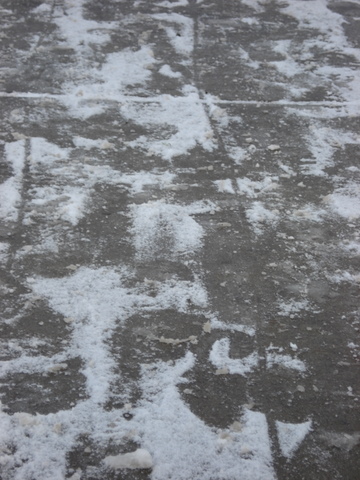 This sidewalk was treated with Magic Salt the day before, and, while it has received more foot traffic than the walk above, you can still see how there is no bond formed. Even walking on this sidewalk was more pleasent, and not as slippery as if the snow had bonded down. And with this type of surface we can…
This sidewalk was treated with Magic Salt the day before, and, while it has received more foot traffic than the walk above, you can still see how there is no bond formed. Even walking on this sidewalk was more pleasent, and not as slippery as if the snow had bonded down. And with this type of surface we can…
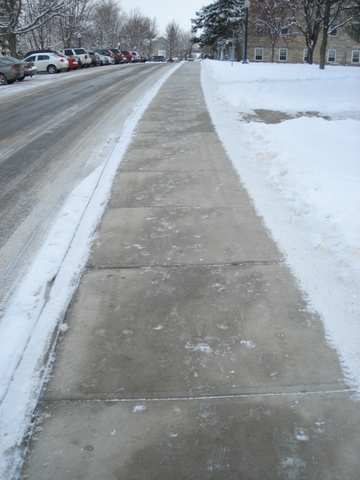 Sweep the walk clear. A broom on one of our tractors came along and in no time at all discovered the bare surface again.
Sweep the walk clear. A broom on one of our tractors came along and in no time at all discovered the bare surface again.

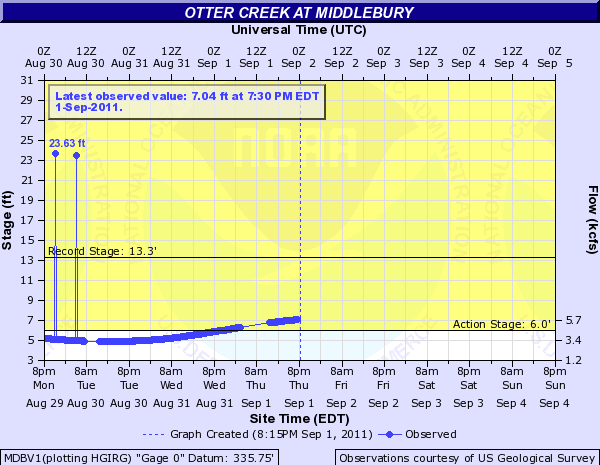
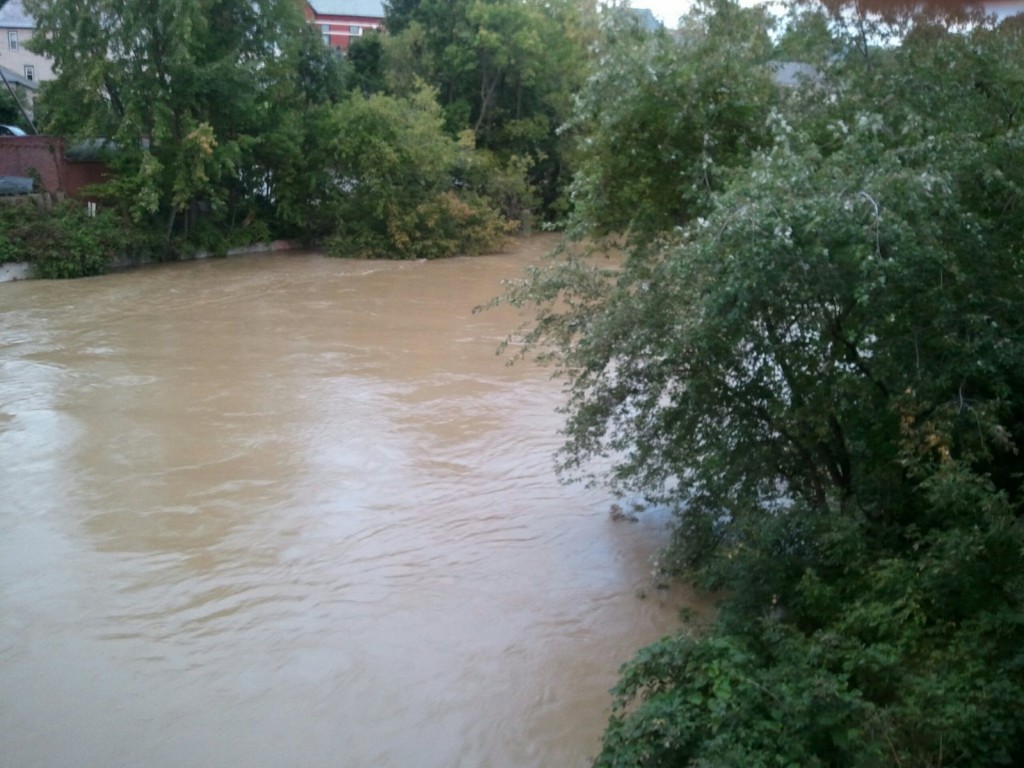
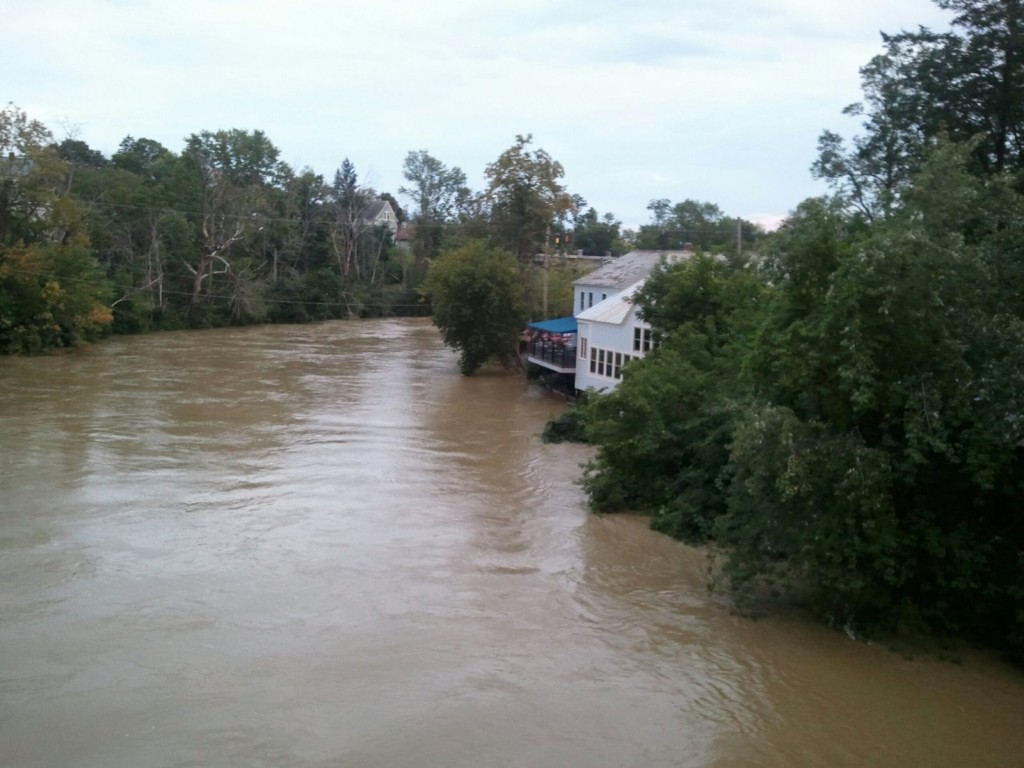
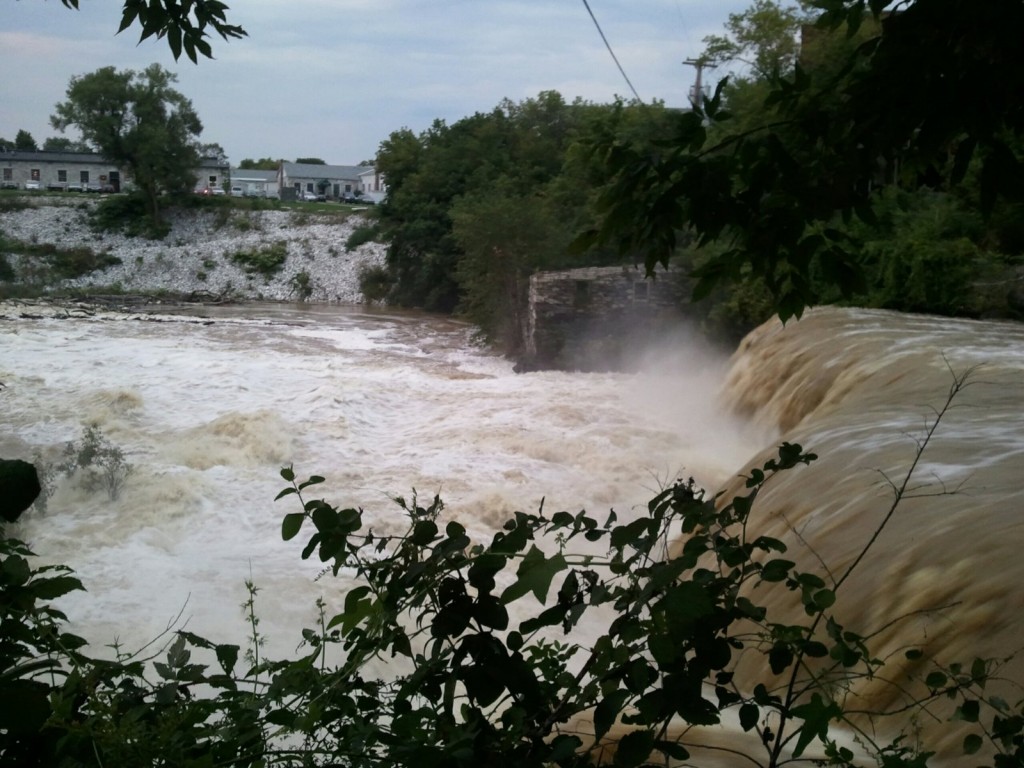
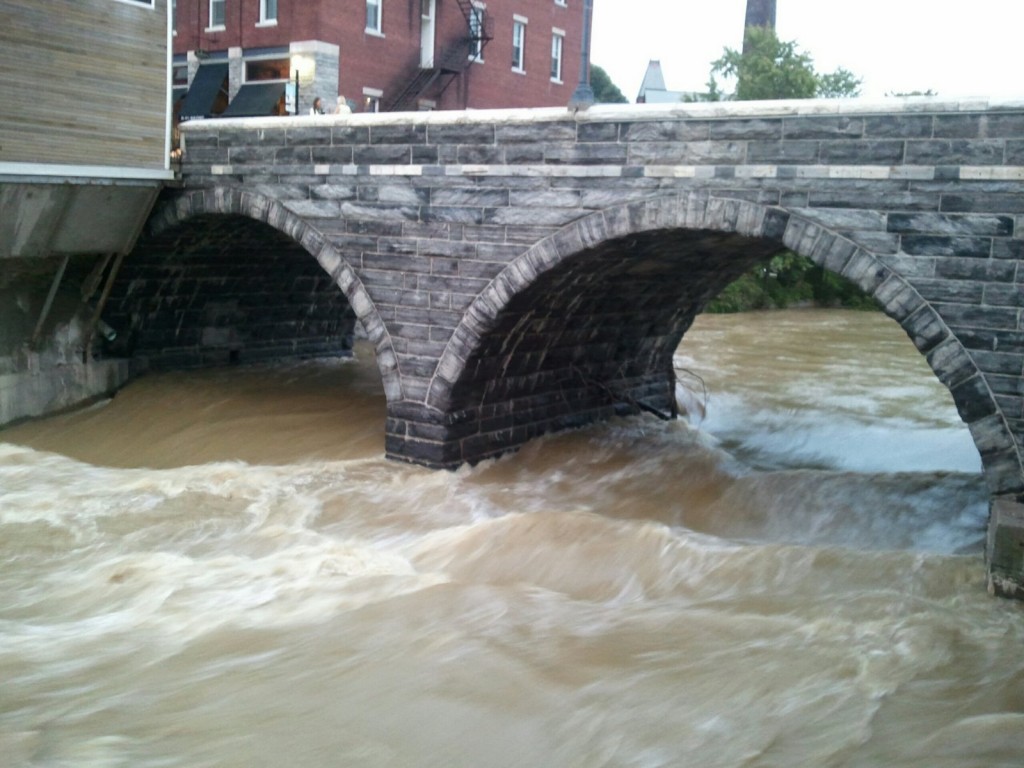
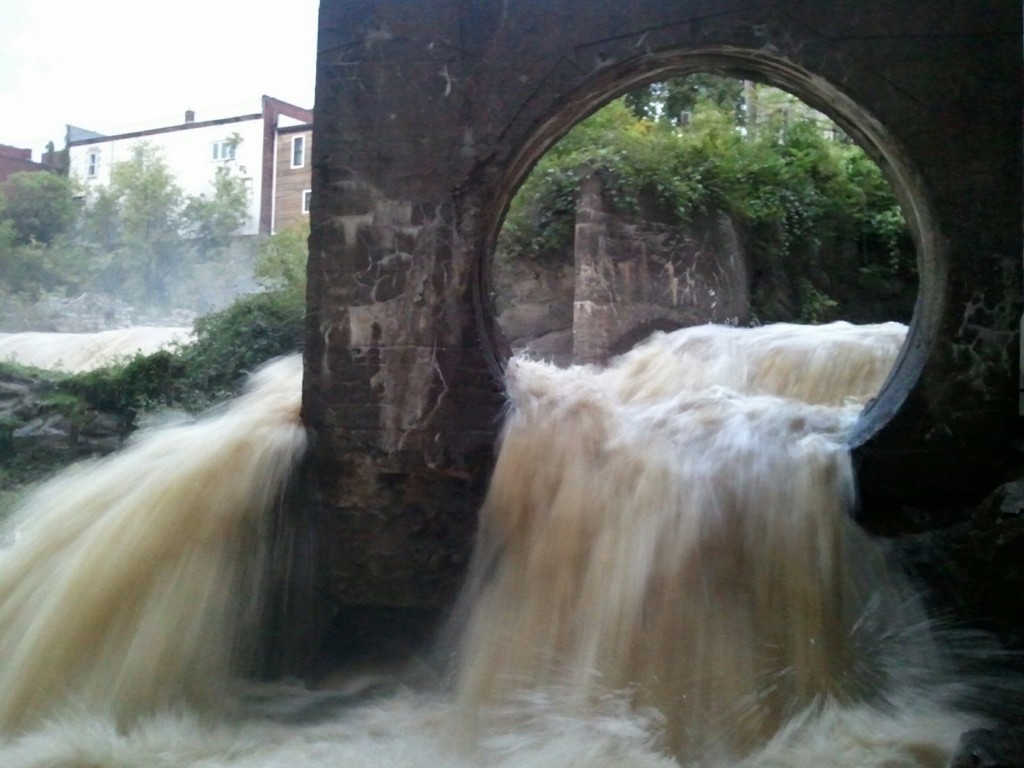

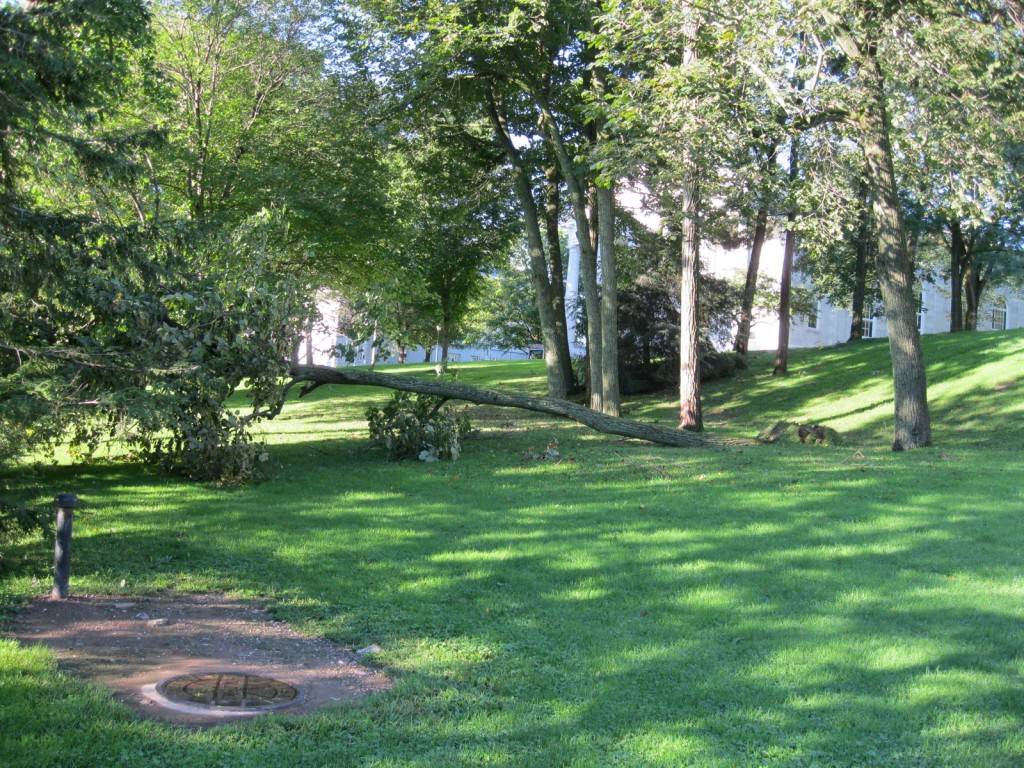
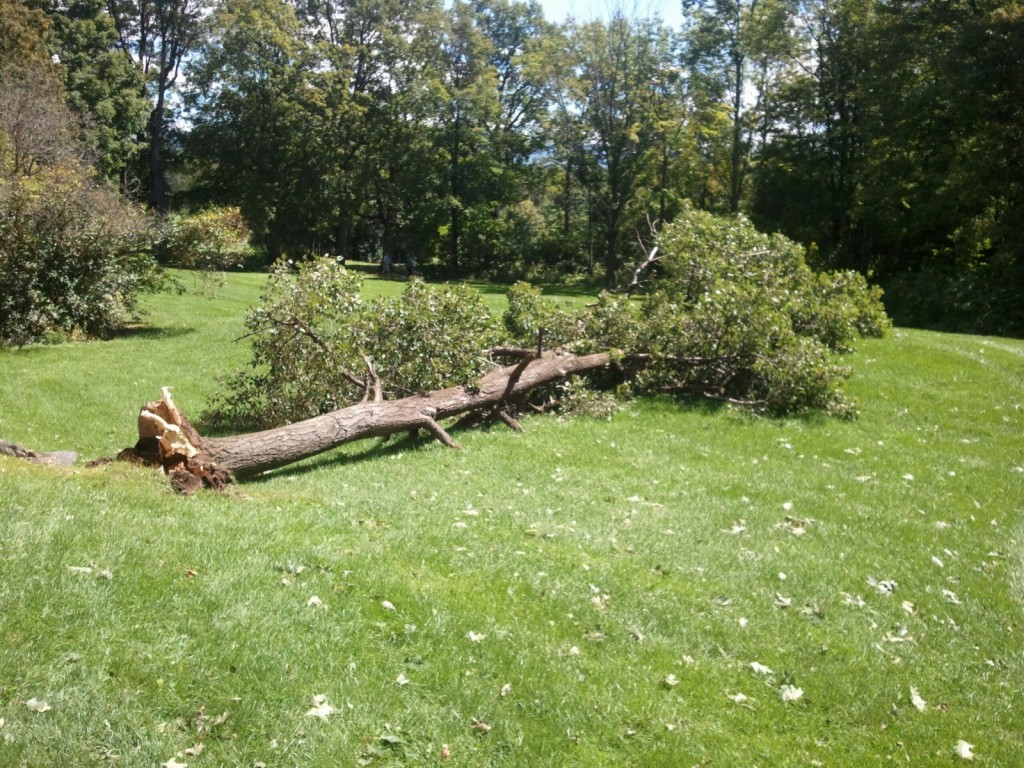
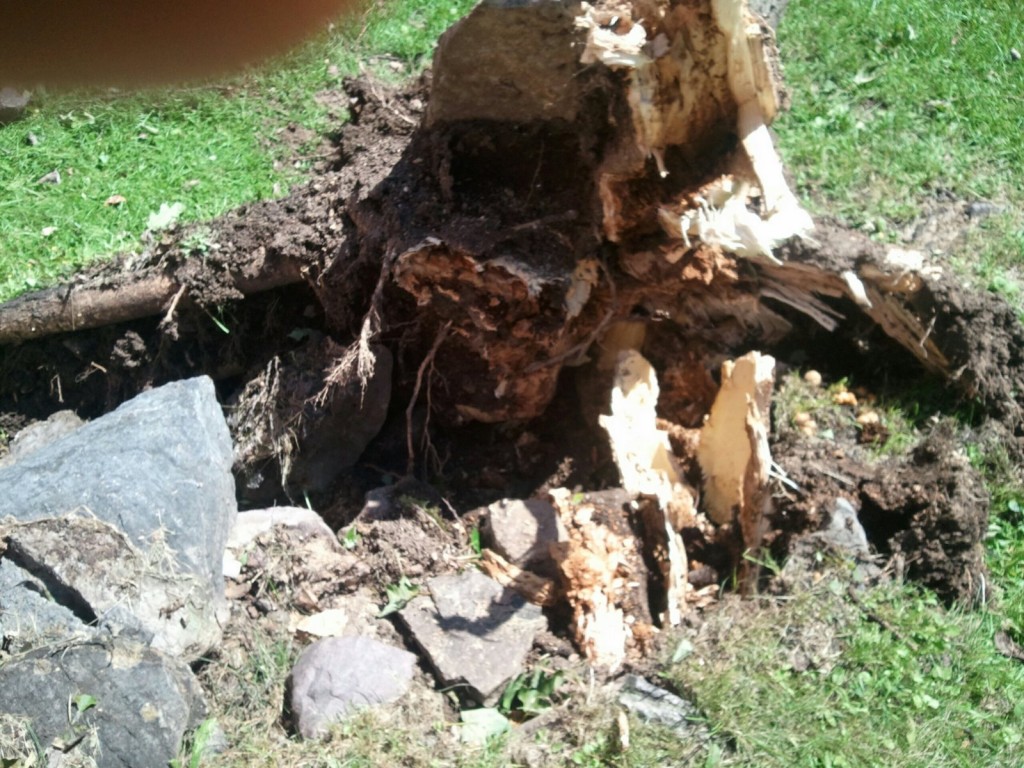
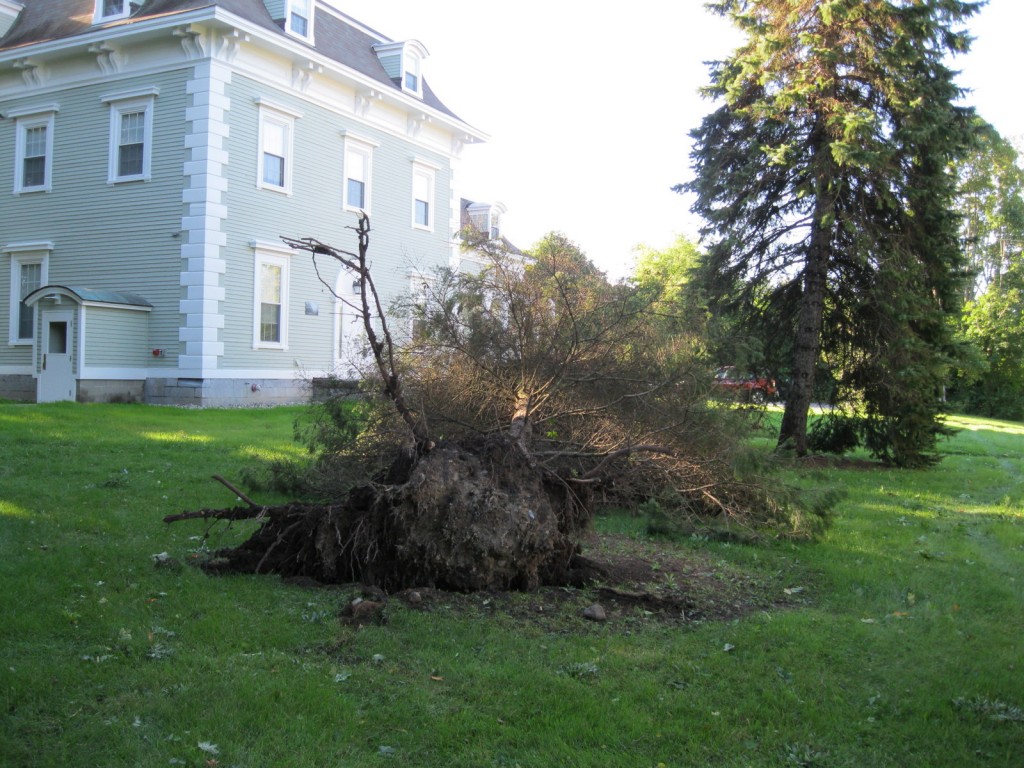
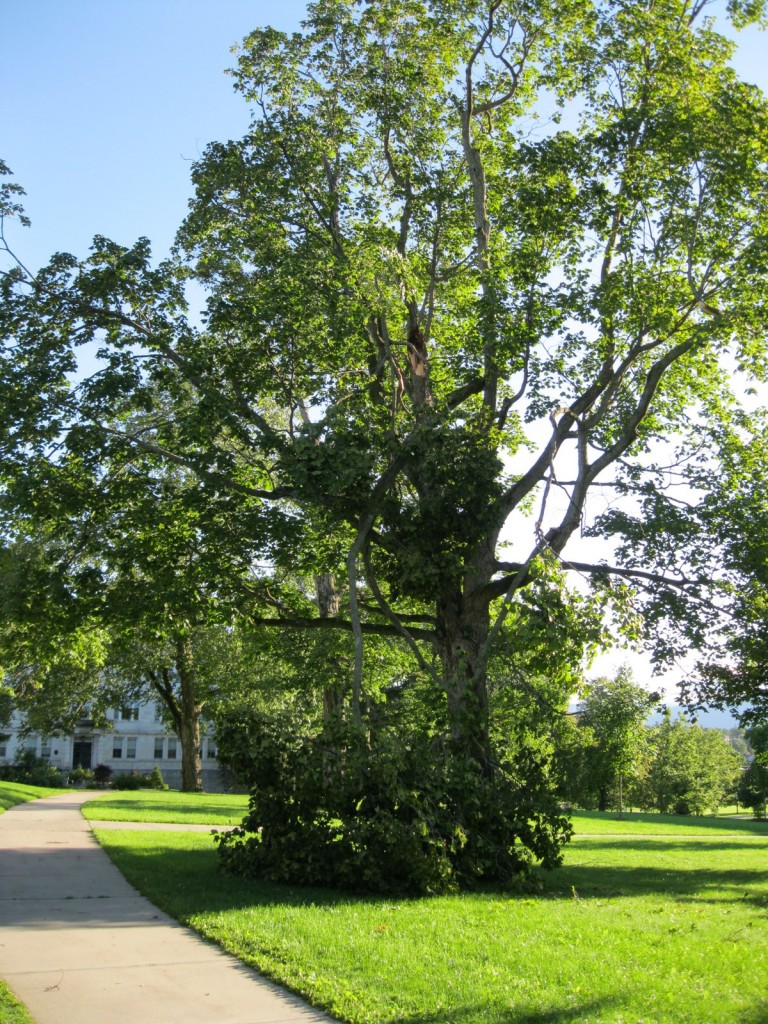
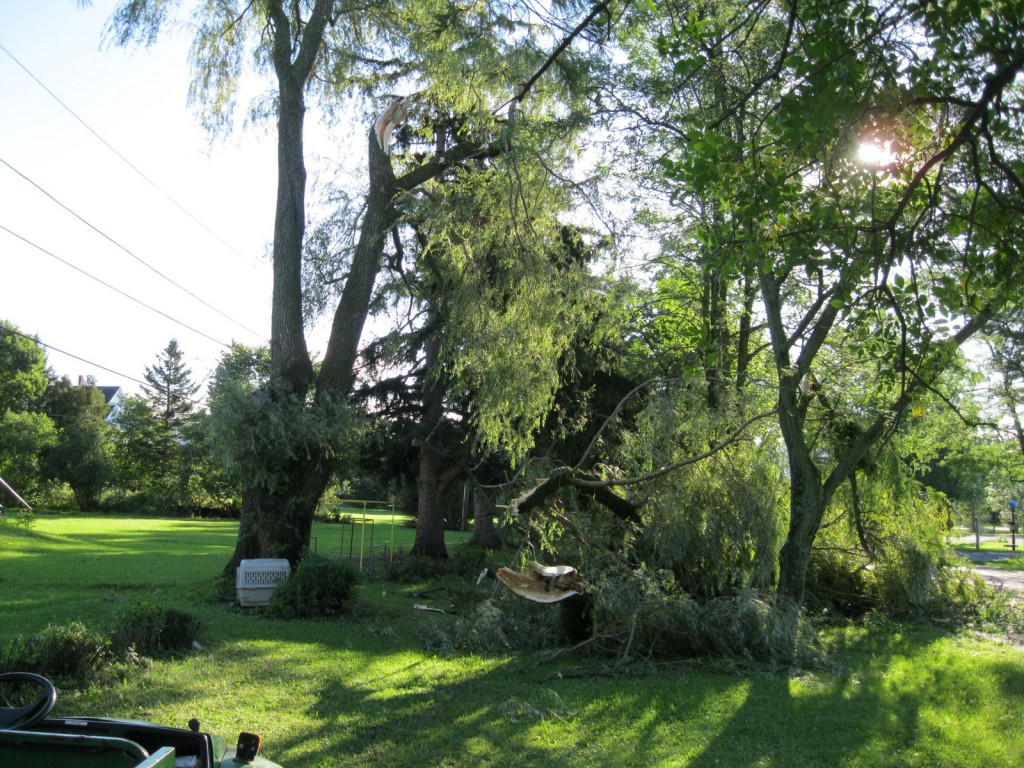
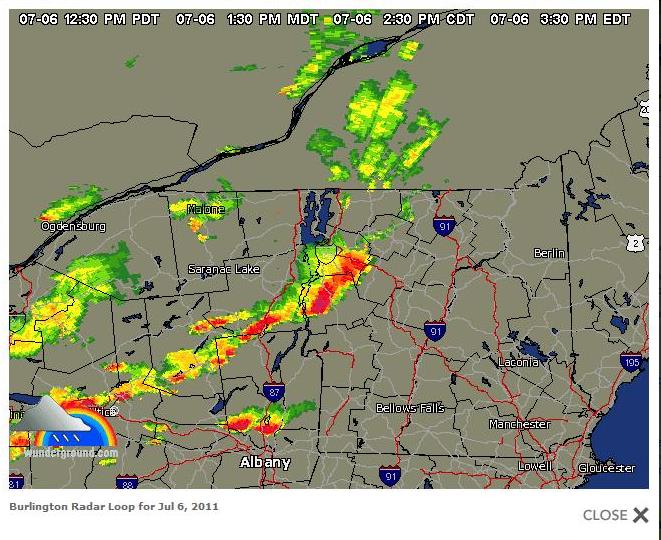
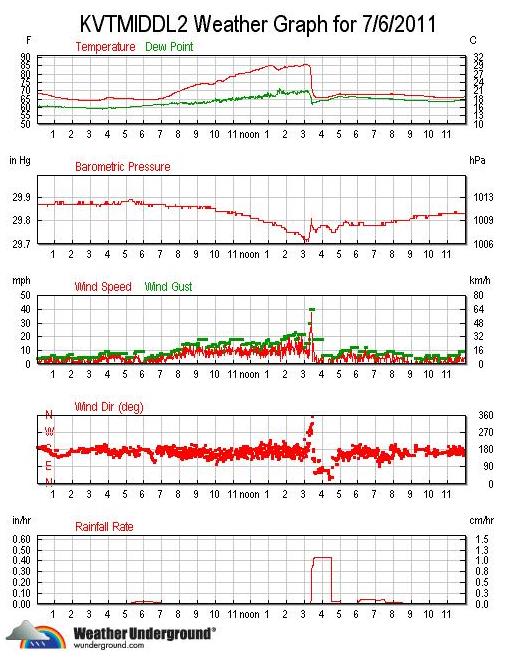
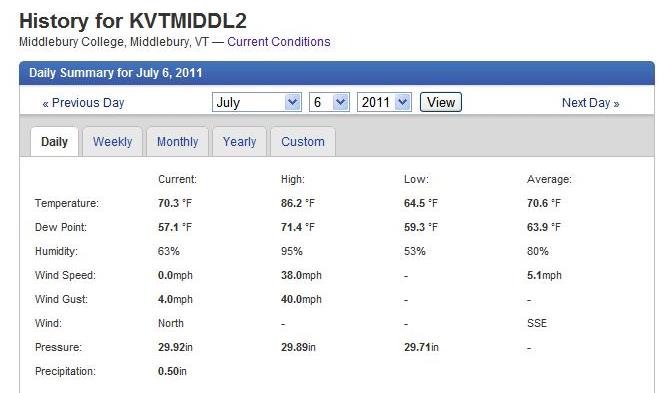
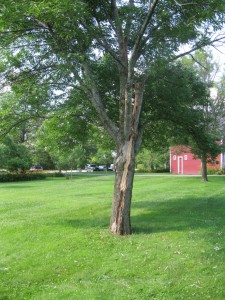
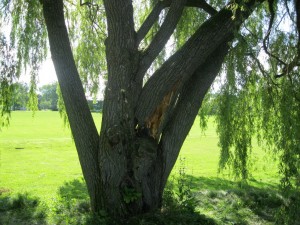
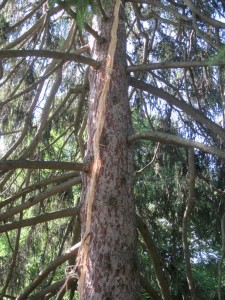
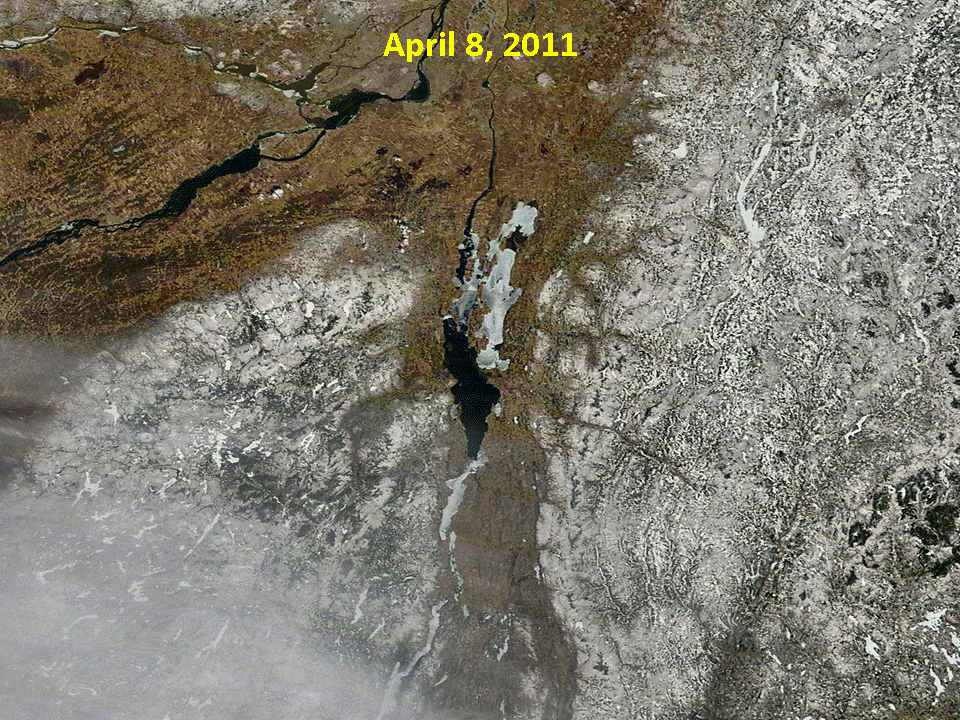
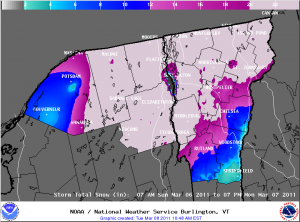
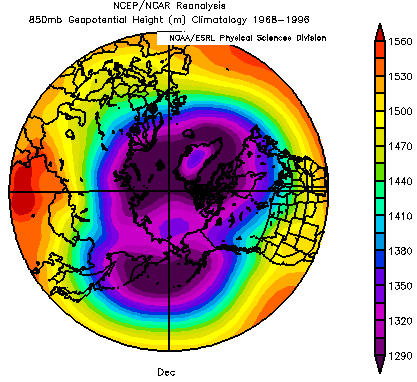
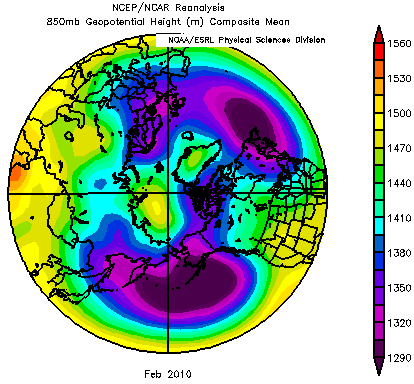
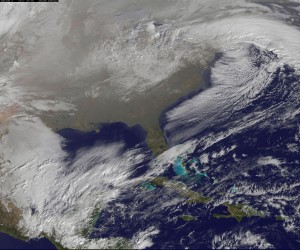





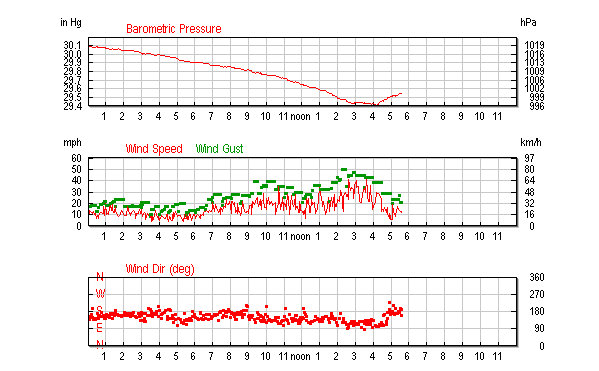
You must be logged in to post a comment.